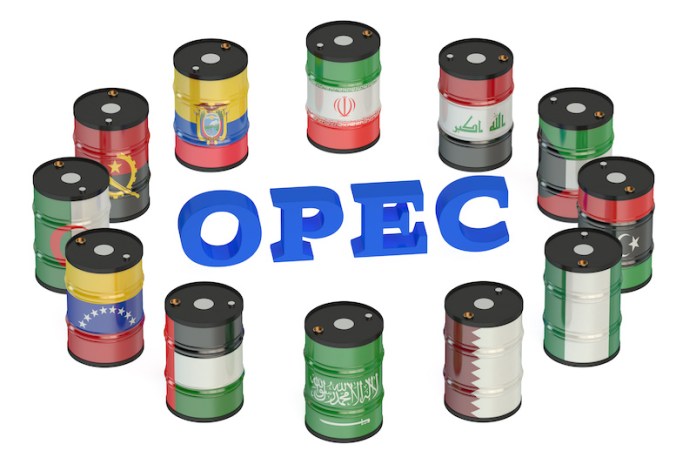Economy
Oil Rises Above $68, Highest Since May 2015

- Oil Rises Above $68, Highest Since May 2015
Global oil benchmark, Brent crude, extended its gains on Tuesday, trading near $69 per barrel on the back of production cuts led by the Organisation of Petroleum Exporting Countries and expectations that the United States’ crude inventories had dropped for an eight-week low.
Brent, against which Nigeria’s crude oil is priced, rose by $1.07 to $68.85 per barrel as of 7:40pm Nigerian time, its highest since May 2015, while US West Texas Intermediate crude increased to a three-year high of $62.99 per barrel.
From around $53 per barrel at the start of 2017, Brent crude closed the year around $66.87, with experts describing the rise as good for Nigeria.
The nation’s external reserves hit a four-year high of $40.4bn on Friday, according to the Central Bank of Nigeria.
The rise in oil prices means further accretion to the Excess Crude Account, into which the country saves the difference between the market price of oil and the budget benchmark to provide a cushion when oil prices fall or extra cash is needed for spending on infrastructure.
The 2018 budget proposal submitted by President Muhammadu Buhari in November last year put the benchmark oil price at $45 per barrel, compared to $44.5 per barrel for the 2017 budget.
OPEC and allies, including Russia, are keeping supply limits in place in 2018, a second year of restraint, to reduce a price-denting glut of oil held in inventories.
The group is cutting output by even more than it promised and the restraint is reducing oil stocks globally, a trend most visible in the US, the world’s largest oil market.
Supply reports this week from industry group, American Petroleum Institute and the US government’s Energy Information Administration, are expected to show that US crude stocks fell by 4.1 million barrels, an eighth week of decline.
“Production cuts and demand are continuing to rebalance the market. As we break through technical levels, you’re getting further speculative length coming into the market,” Gene McGillian, a market research manager at Tradition Energy in Stamford, Connecticut, told Bloomberg.
Standard Chartered analysts said in a note, “We expect oil demand growth to outpace non-OPEC supply growth in both 2018 and 2019. In our view, the back of the Brent and WTI curves are both still under-priced. We do not think that prices below $65 per barrel are sustainable into the medium term.”
Many producers, still suffering from a 2014 price collapse, are enjoying the rally, although they are wary it will spur rival supply sources. Iran said on Tuesday that OPEC members were not keen on increased prices.
Unrest in Iran, OPEC’s third-largest producer, has lent support to prices this year although output and exports have not been affected. Economic collapse is leading to involuntary production cuts in Venezuela, another OPEC member.
There is no sign yet that OPEC is prepared to relax its supply restraint.
A senior OPEC source from a major Middle Eastern oil producer said on Monday OPEC would boost output only if there were significant and sustained production disruptions from Iran and Venezuela.
The rise in prices is expected to drive gains in US production during 2018, offsetting curbs by others.
Some analysts have said a potential rise in the US shale oil production could discourage OPEC and Russia to maintain their deal to curb supply until the end of the year for fears of losing market share.